In the United States, not all states are keeping up in the race for higher education, with some falling behind considerably.
Higher education rates have a major impact a state’s economy, workforce, and overall quality of life. Factors such as economic challenges and limited access to resources contribute to statewide struggles.
Let’s explore the states with the lowest percentage of college graduates and the reasons behind it.
West Virginia
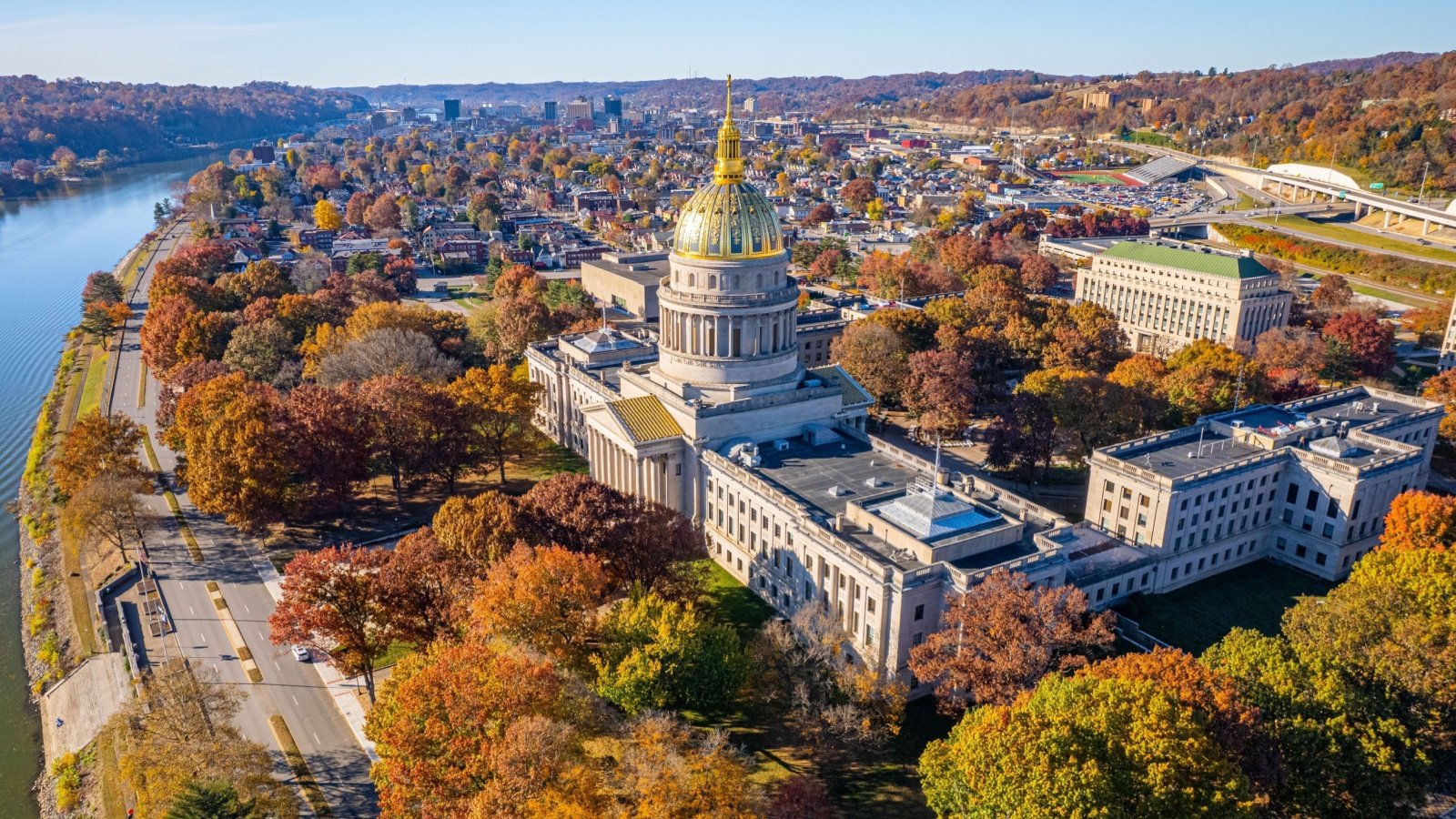
West Virginia consistently has the lowest percentage of college graduates in the U.S., with only about 21% of adults holding a bachelor’s degree or higher. The state faces significant challenges, including limited access to higher education institutions and economic conditions that often prioritize immediate employment over extended education.
Mississippi
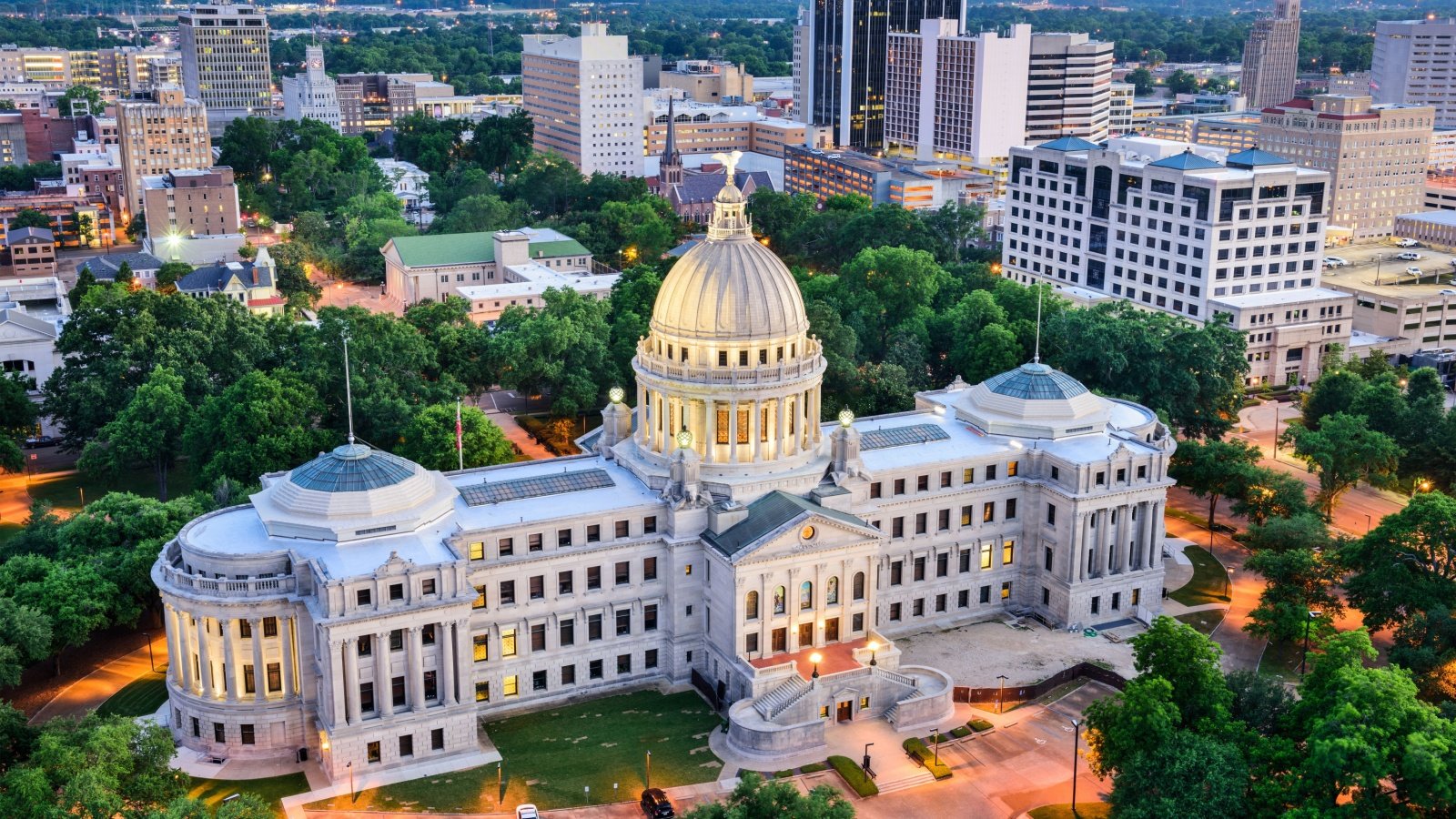
Mississippi has one of the lowest percentages of college graduates, with just over 22% of its population holding a bachelor’s degree or higher. The state’s economy, heavily reliant on agriculture and low-wage industries, often discourages the pursuit of higher education. Additionally, the state struggles with poverty and education funding issues.
Arkansas
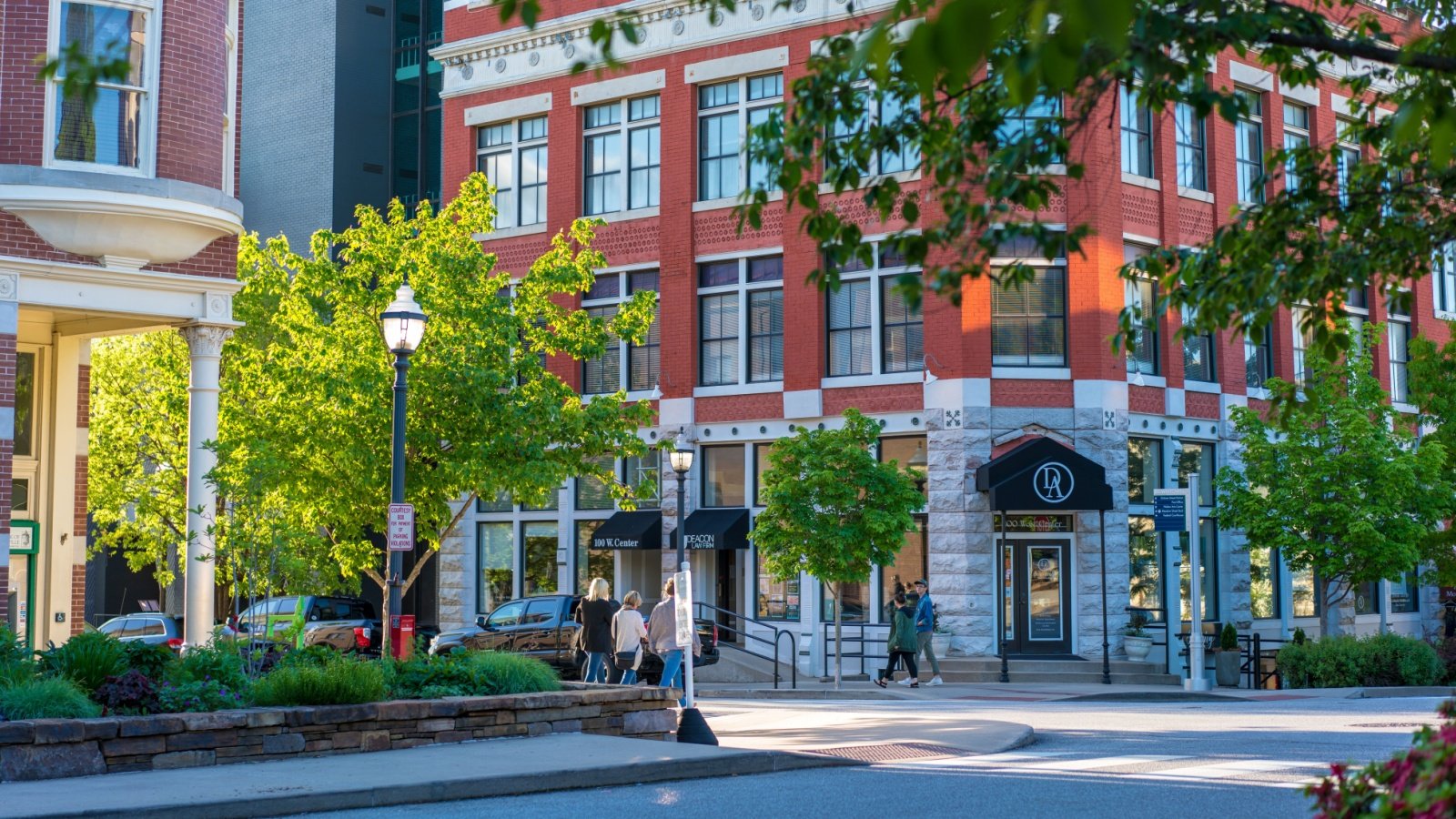
Arkansas is another state with a low percentage of college graduates, with roughly 24% of its residents holding a bachelor’s degree or higher. The state’s rural landscape and limited access to four-year institutions contribute to this statistic. Despite efforts to improve education, many Arkansans still opt for vocational training or enter the workforce immediately after high school.
Louisiana

Only about 24.5% of the Louisiana residents hold a bachelor’s degree. The state’s economy, particularly in industries like oil and gas, often offers lucrative job opportunities that do not require a four-year degree. Additionally, Louisiana faces challenges such as high poverty rates and educational disparities that affect higher education attainment.
Kentucky

Kentucky’s percentage of residents with a bachelor’s degree or higher hovers around 25%. The state’s emphasis on industries like manufacturing and coal mining, which traditionally do not require college degrees, plays a role in this statistic. Additionally, many rural areas in Kentucky have limited access to higher education, further reducing the college graduation rate.
Alabama
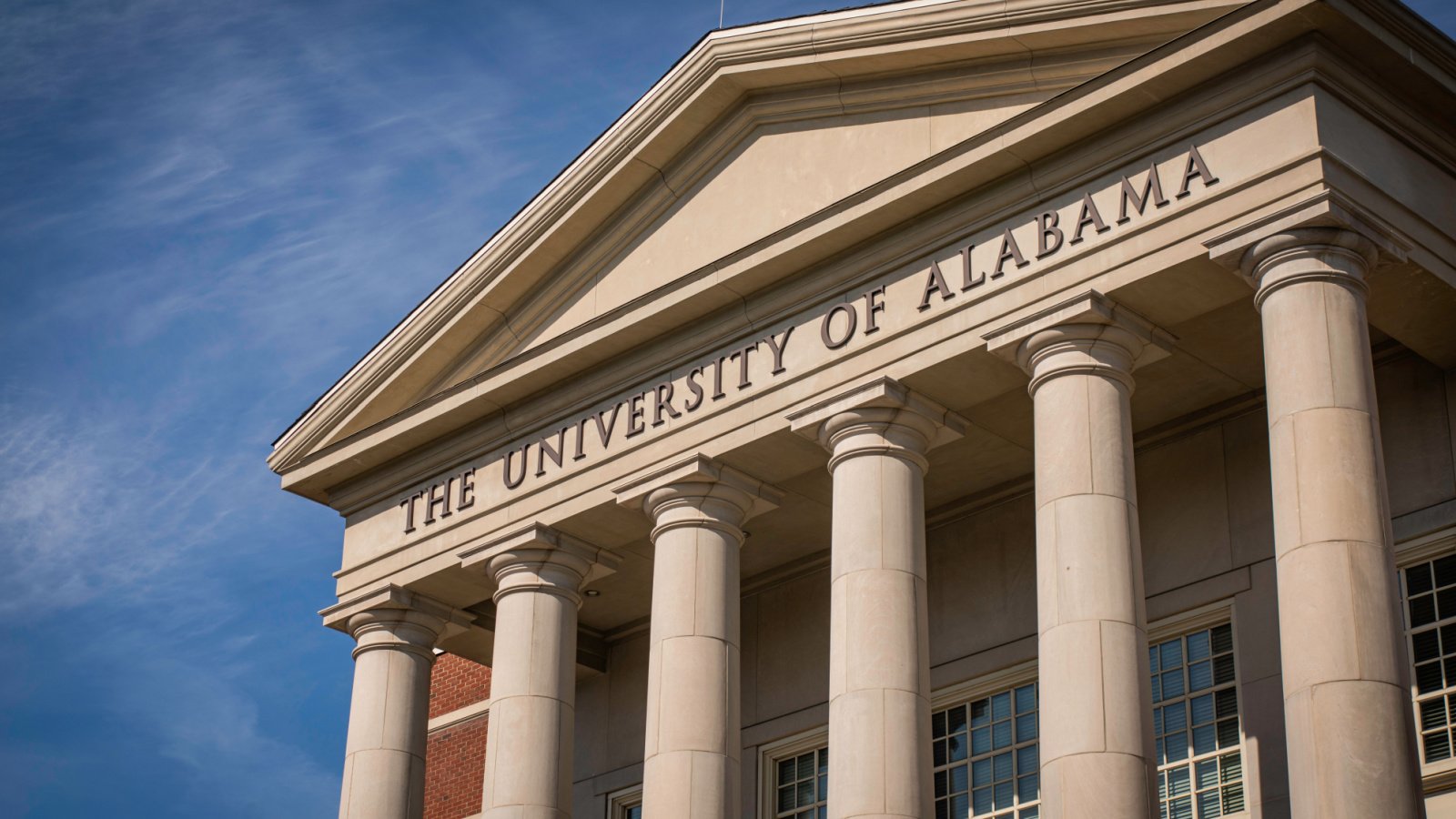
In Alabama, only about 25.5% of the population holds a bachelor’s degree or higher. The state’s educational system faces challenges, including funding issues and disparities between urban and rural areas. Additionally, the presence of industries that do not require a college degree contributes to the lower percentage of graduates.
Nevada
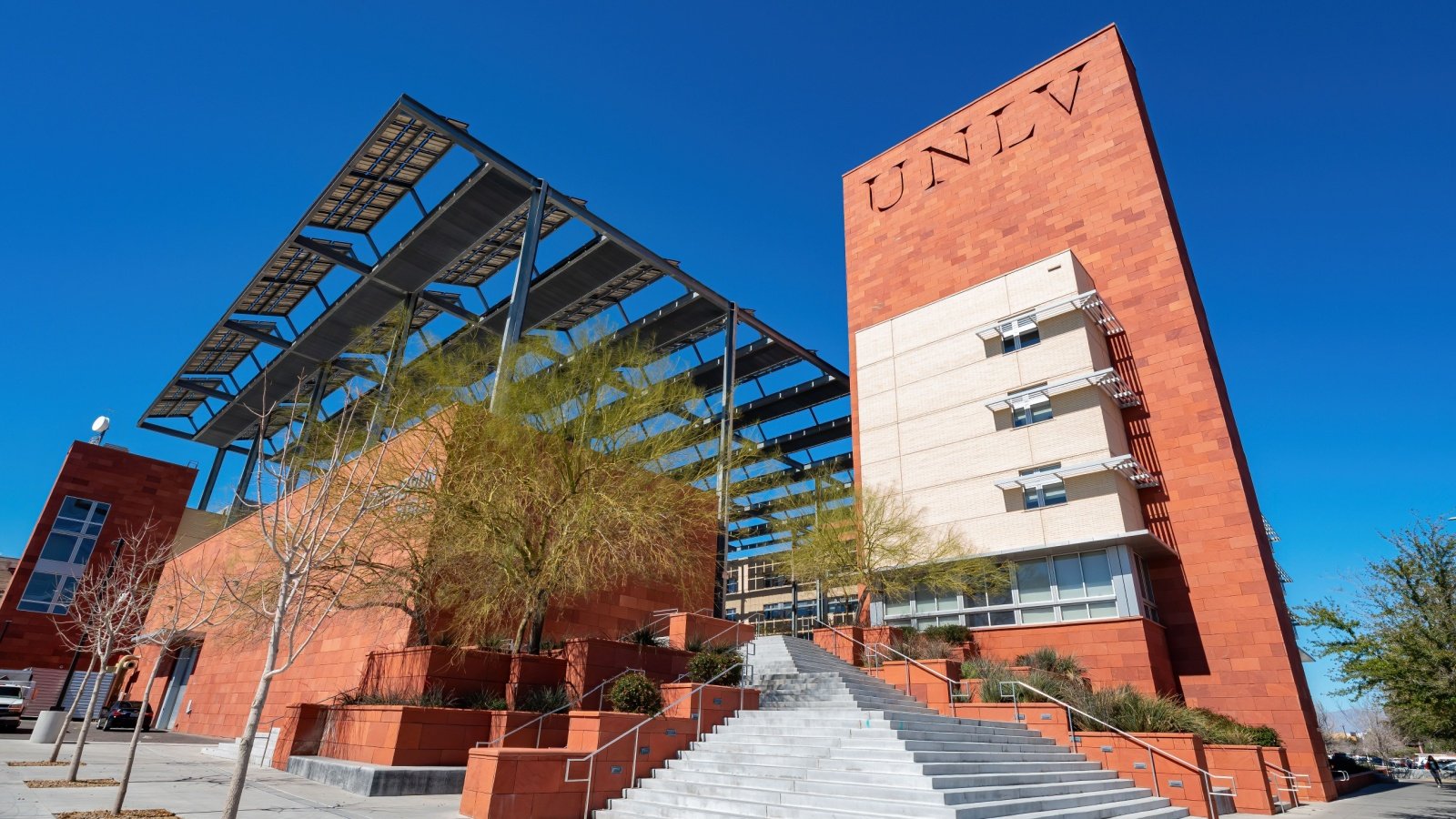
Only about 26% of Nevada residents hold a bachelor’s degree or higher. The state’s economy, heavily driven by tourism and gaming, offers many employment opportunities that do not require a four-year degree. This economic structure, combined with a transient population, impacts the state’s overall educational attainment.
Oklahoma
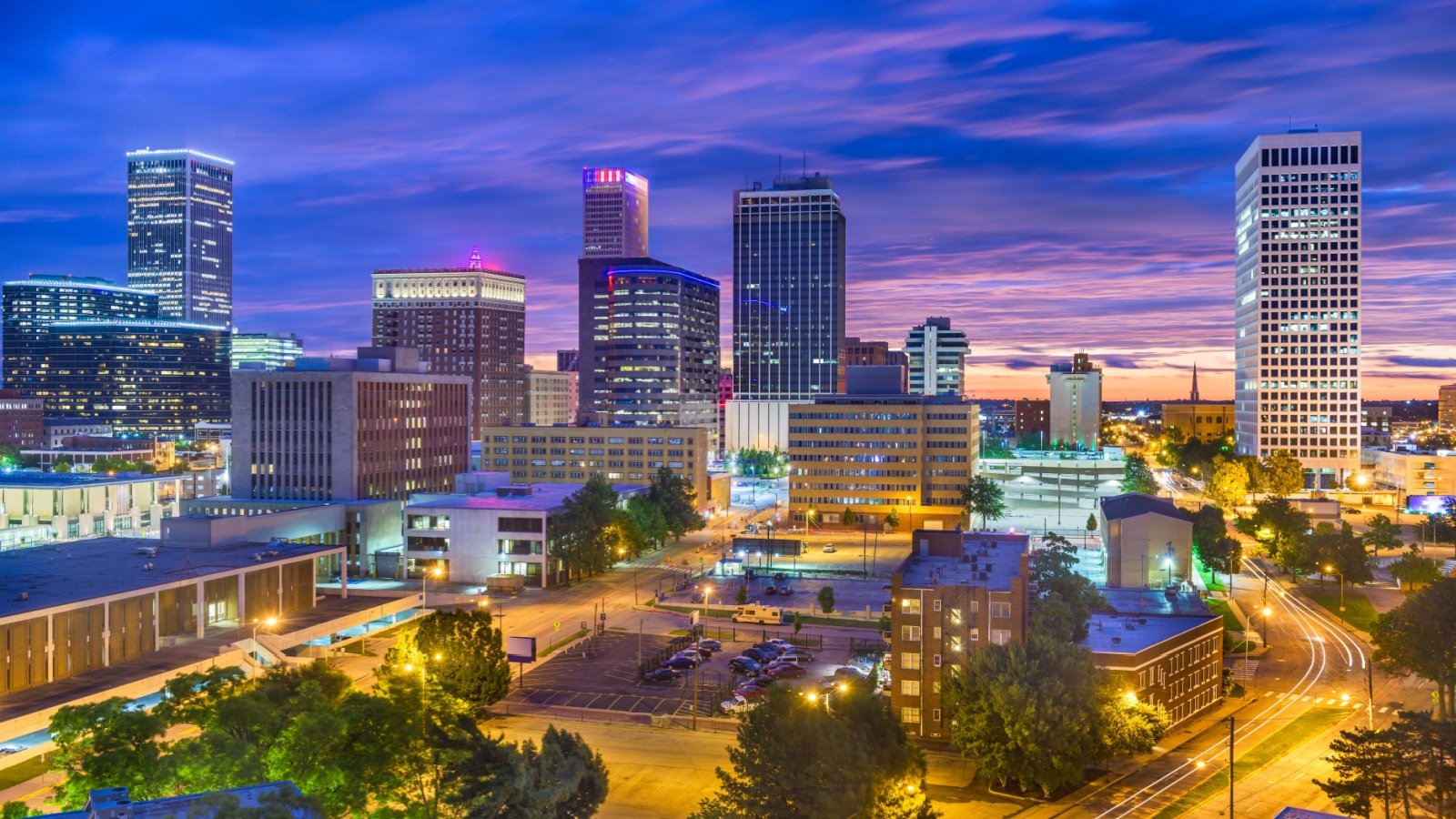
Oklahoma’s percentage of college graduates is around 26.5%, which is below the national average. The state’s economy, centered on industries like oil and agriculture, often provides well-paying jobs that do not necessitate a college degree. Additionally, Oklahoma has historically struggled with educational funding.
Tennessee
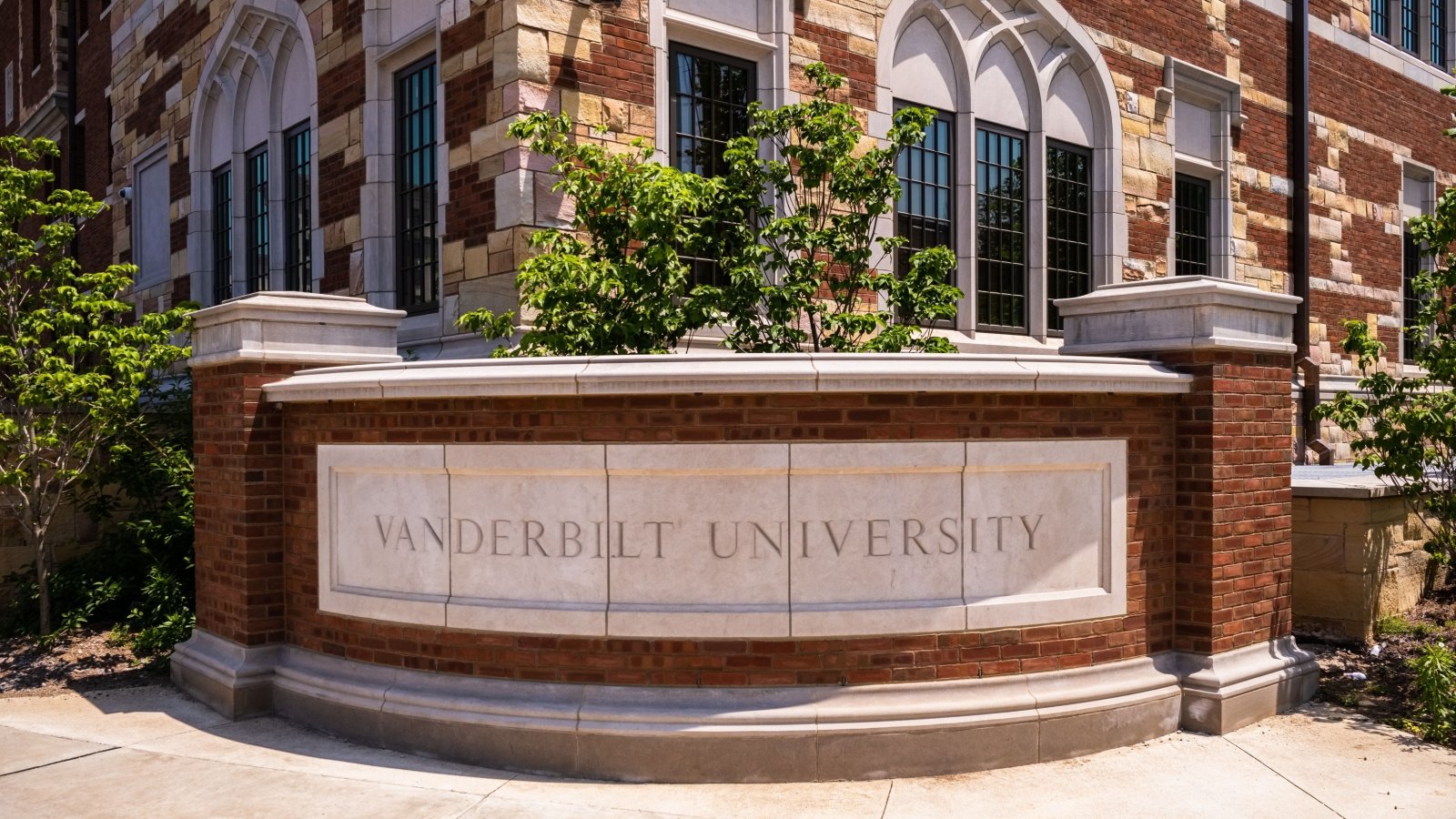
In Tennessee, approximately 27% of the population holds a bachelor’s degree or higher. The state has a strong manufacturing sector, which offers employment opportunities without the need for a four-year degree. Despite initiatives like Tennessee Promise, which aims to increase college attendance, the state still lags behind the national average in college graduation rates.
New Mexico

New Mexico’s percentage of college graduates stands at around 27.5%. The state’s rural nature and economic challenges, including high poverty rates, contribute to its lower educational attainment. Additionally, many New Mexicans opt for careers in industries such as energy and agriculture, which do not require a college degree.
Idaho
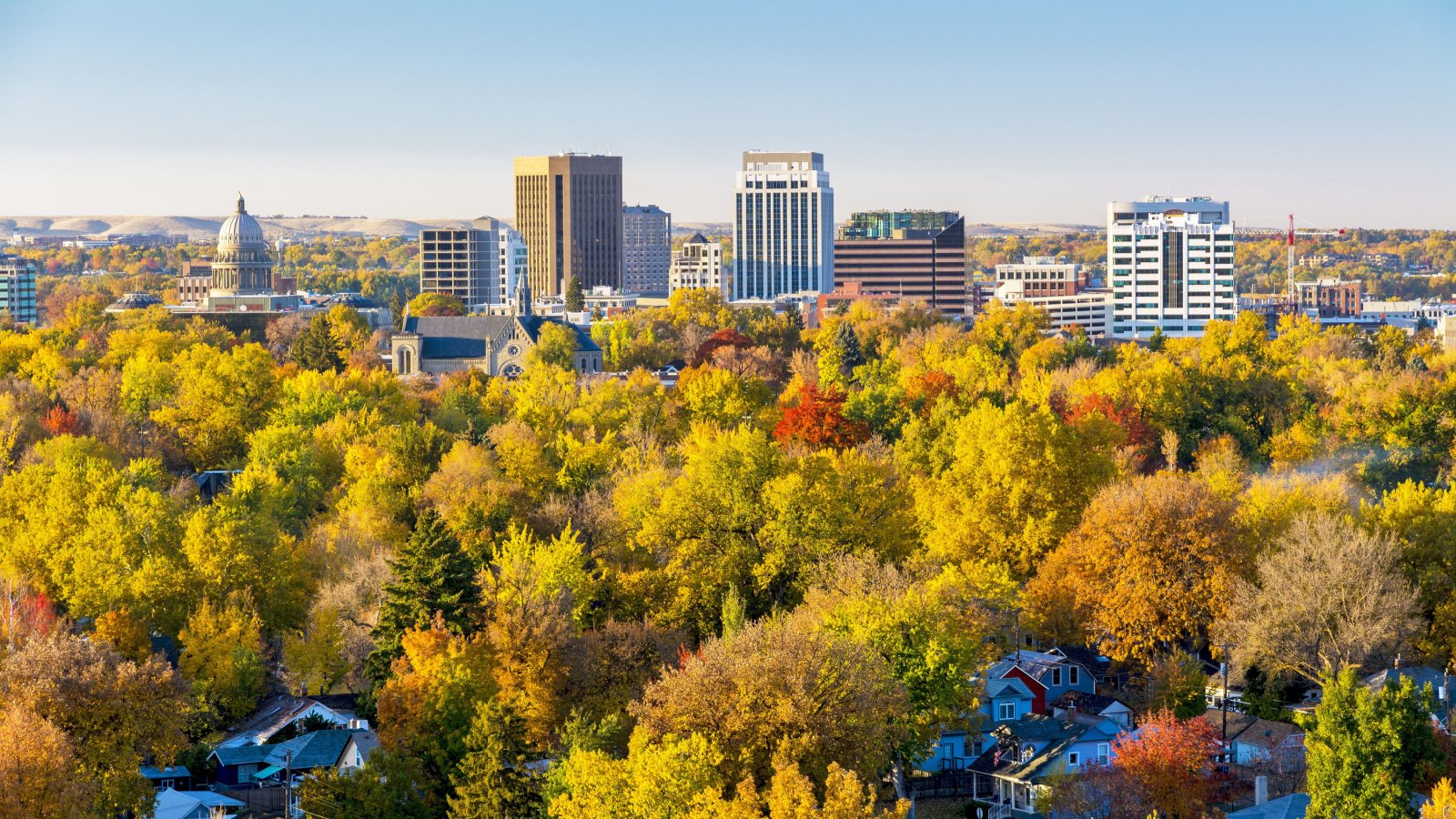
Idaho has a relatively low percentage of college graduates, with about 28% of its residents holding a bachelor’s degree or higher. The state’s economy, largely based on agriculture and manufacturing, often provides job opportunities that do not require higher education. Additionally, Idaho’s rapidly growing population places strain on its educational resources.
South Carolina
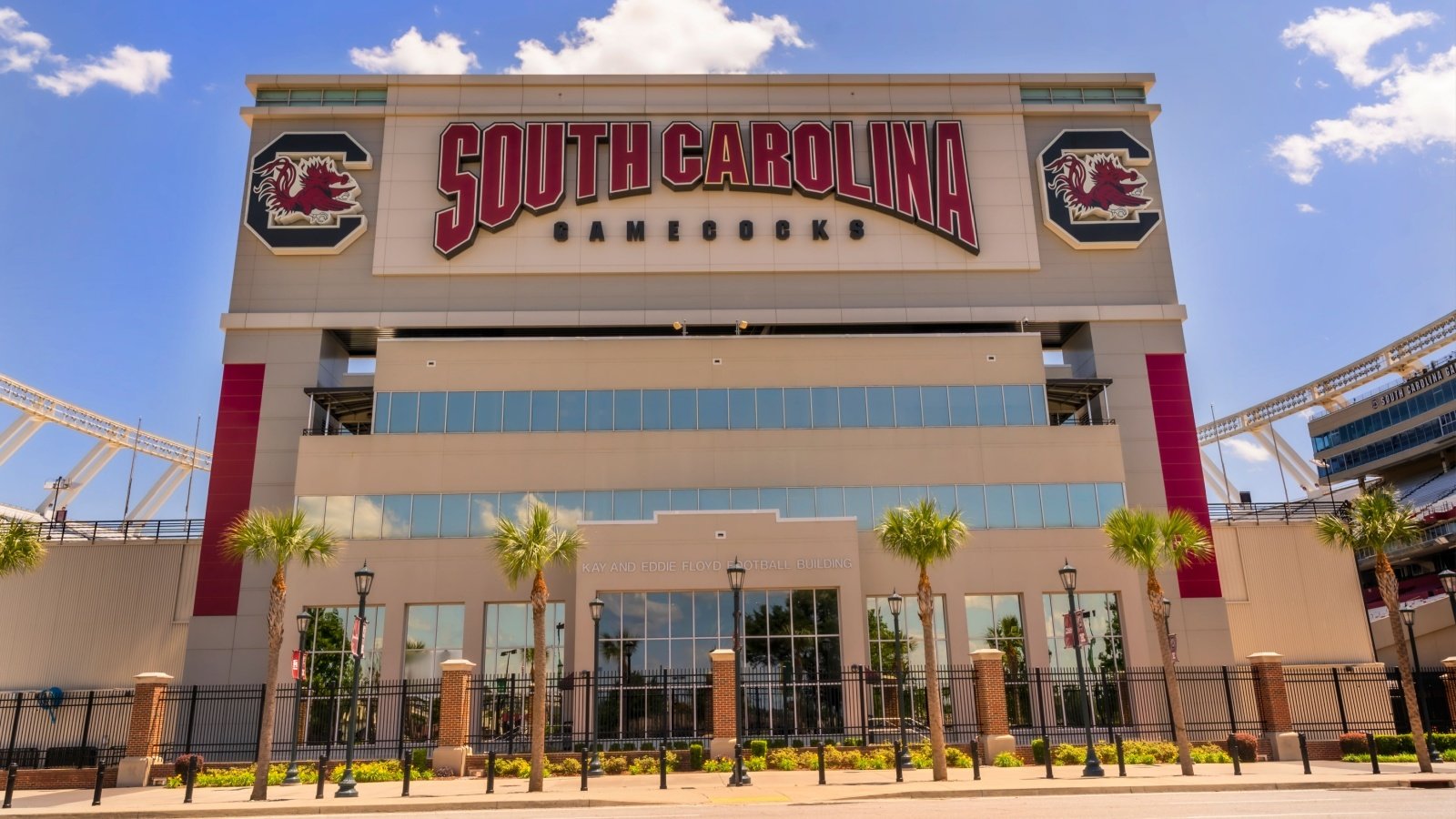
South Carolina’s percentage of college graduates is just under 28.5%, which is below the national average. The state’s economy, with its strong focus on manufacturing and military employment, often leads residents to pursue careers that do not require a four-year degree. Furthermore, disparities in education funding and access contribute to the lower college graduation rate.
Indiana
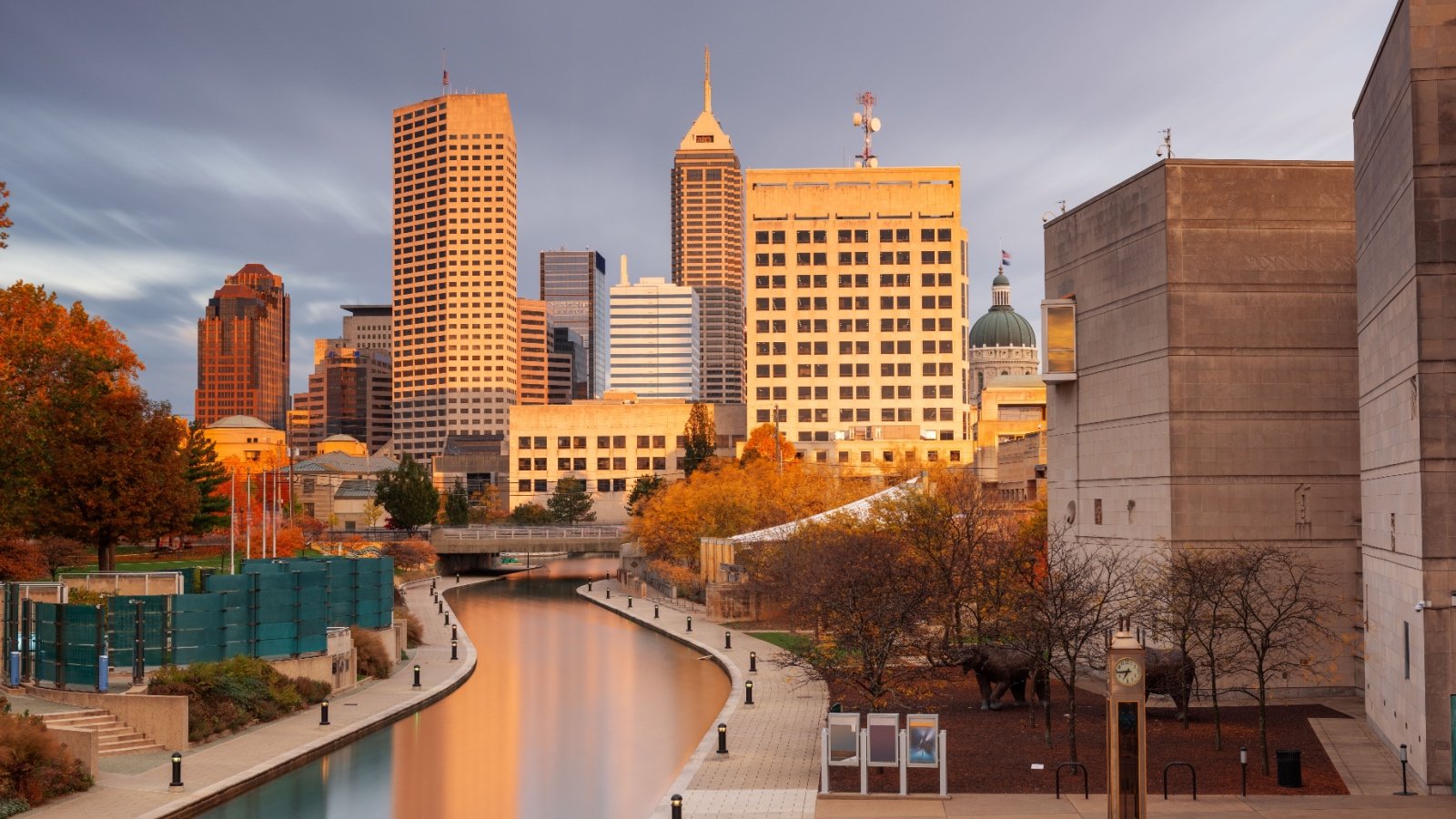
Indiana has a college graduation rate of approximately 29%, reflecting the state’s focus on manufacturing and trade industries. These sectors offer stable employment that doesn’t always necessitate a college degree. Additionally, Indiana’s educational system faces challenges such as funding and disparities between urban and rural areas.
Wyoming
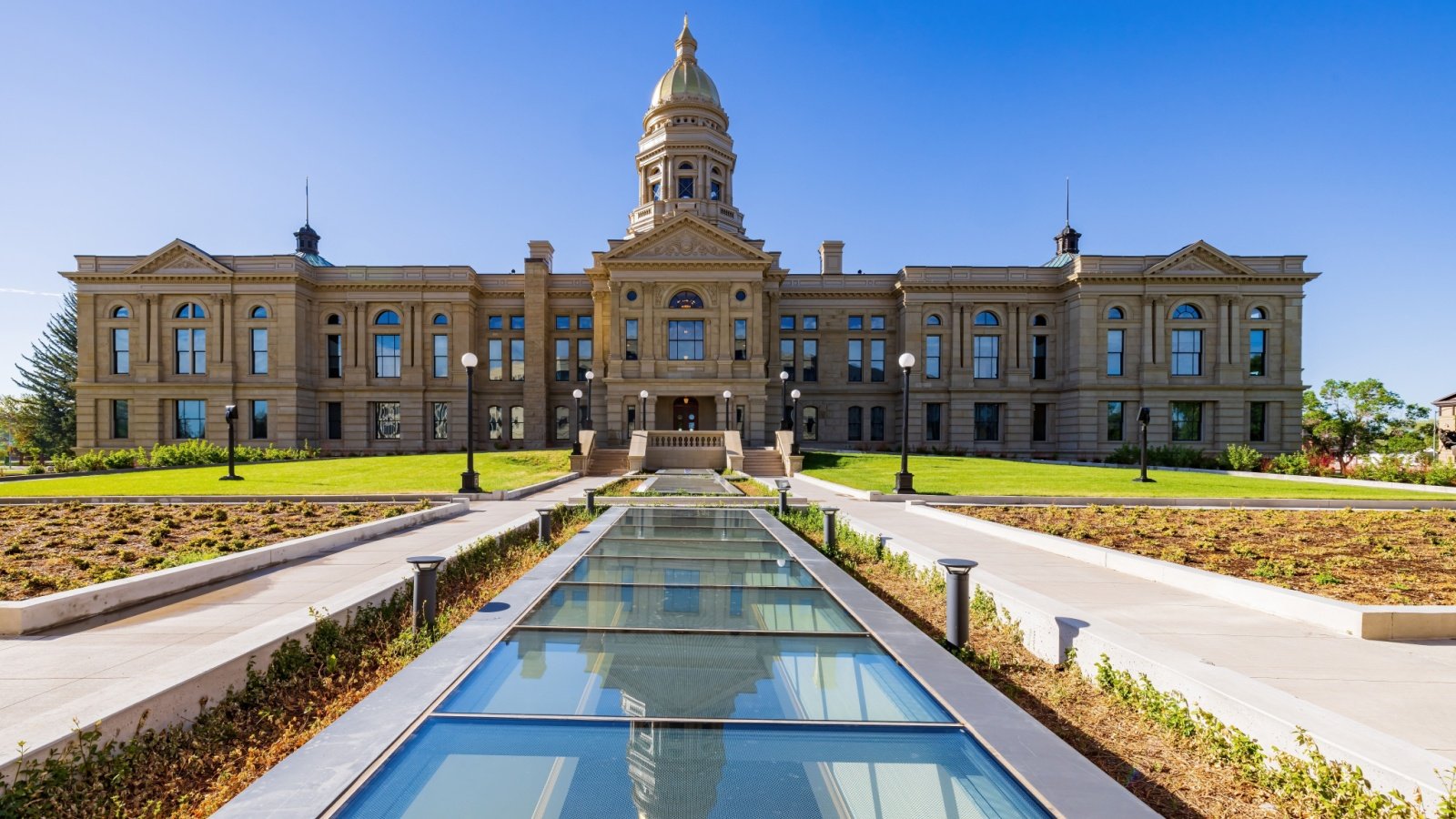
Wyoming has a low percentage of college graduates, with about 29% of its population holding a bachelor’s degree or higher. The state’s economy, driven by energy production and agriculture, often provides well-paying jobs that do not require a college degree. Wyoming’s small population and rural landscape also limit access to higher education institutions.
North Dakota
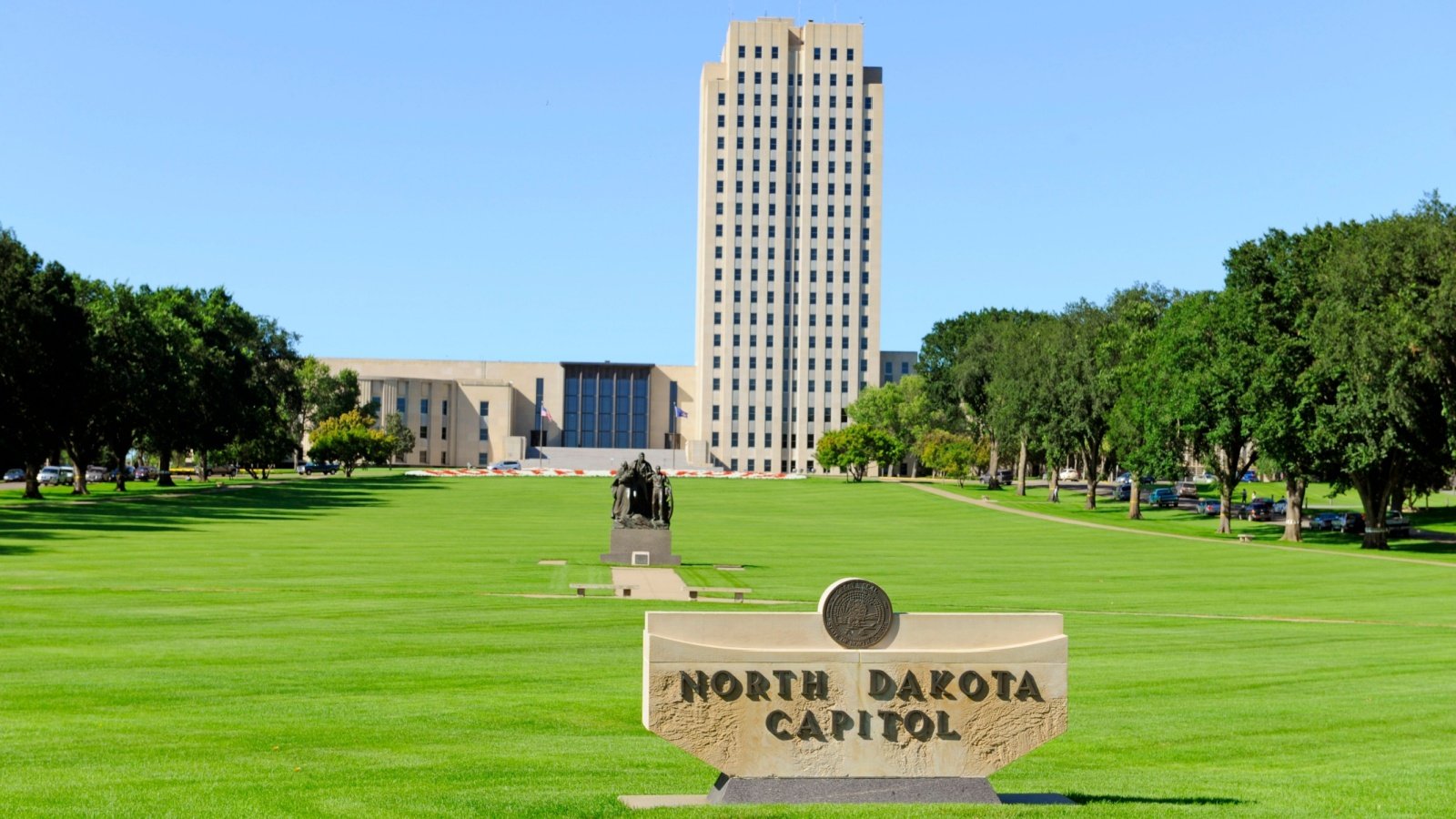
In North Dakota, around 29.5% of residents hold a bachelor’s degree or higher, slightly below the national average. The state’s strong energy sector, particularly in oil, offers lucrative employment opportunities that do not require a college degree. Additionally, North Dakota’s small population and rural nature contribute to the lower college graduation rate.
Missouri

Missouri’s percentage of college graduates is about 30%, influenced by its diverse economy that includes agriculture, manufacturing, and healthcare. While the state has several prominent universities, many residents opt for vocational training or immediate employment. Educational disparities between urban and rural areas also play a role in the state’s overall graduation rate.
Ohio
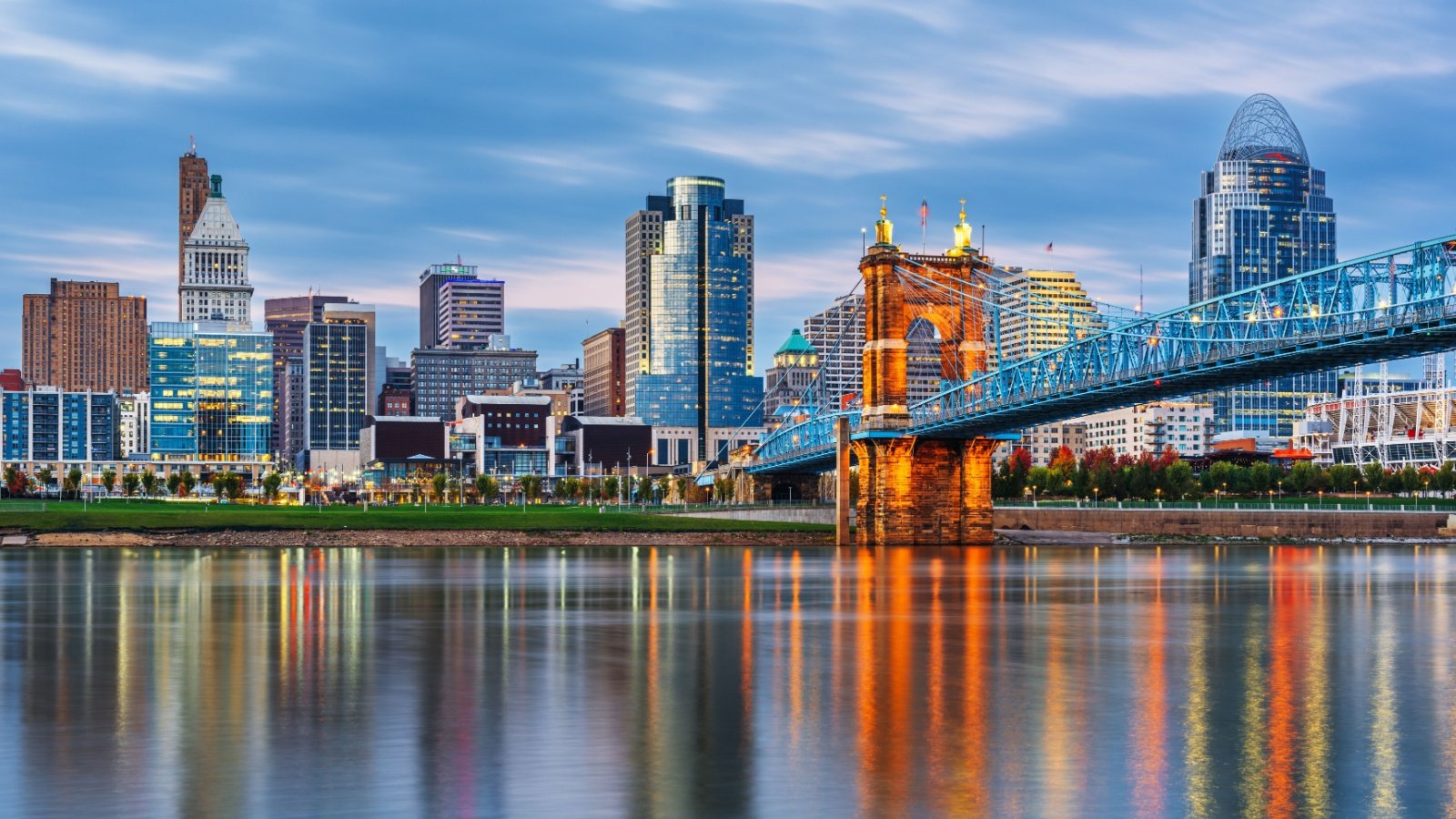
Ohio has a college graduation rate of around 31%, which is slightly below the national average. The state’s strong manufacturing sector, combined with the presence of numerous community colleges, often leads residents to pursue alternatives to a four-year degree. Additionally, Ohio’s educational funding challenges impact college accessibility and completion rates.
Maine
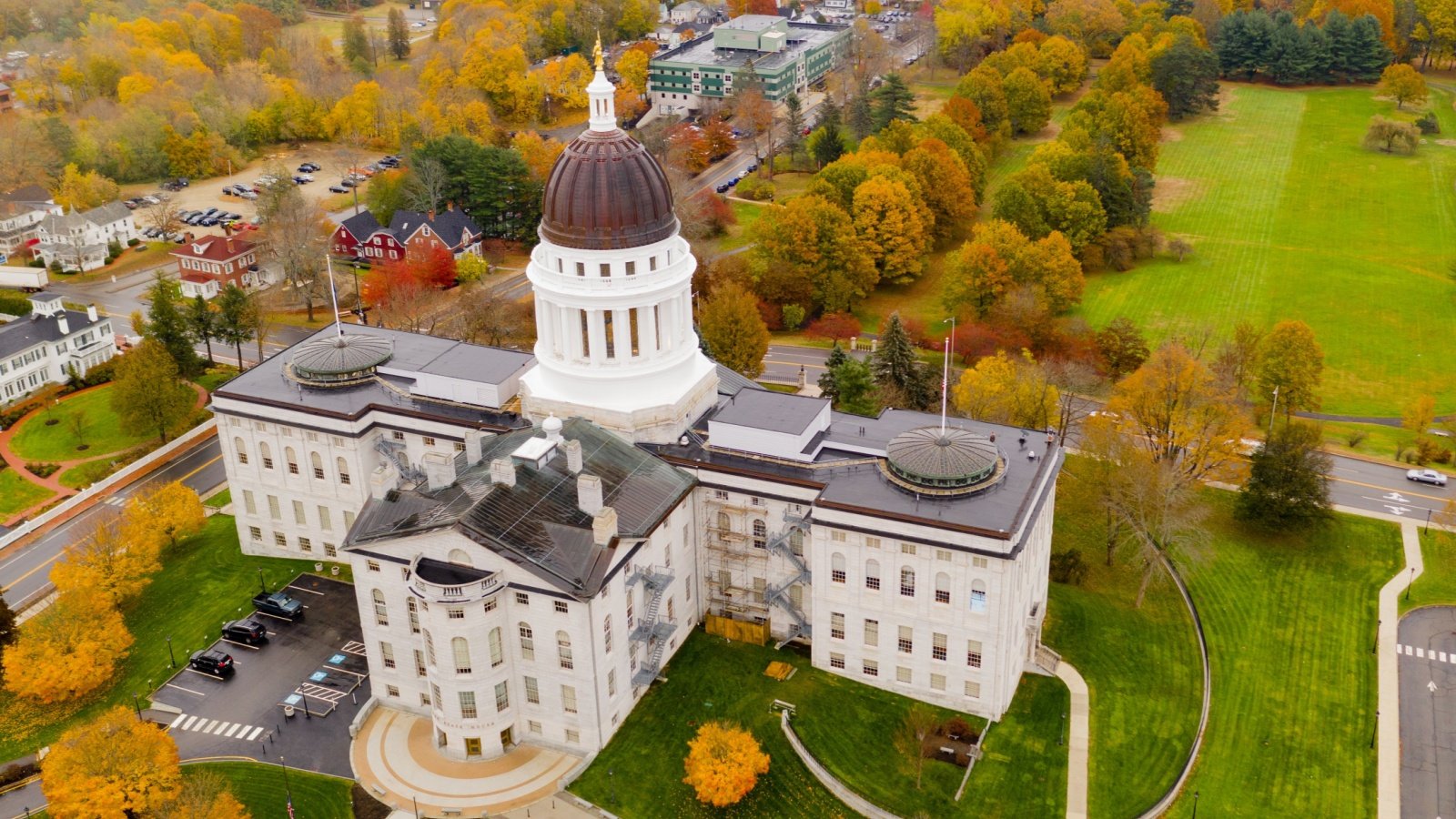
Maine’s percentage of college graduates is around 31.5%, reflecting the state’s rural landscape and limited access to higher education institutions. The state’s economy, heavily reliant on industries like fishing, forestry, and tourism, often provides employment opportunities that do not require a college degree.
Michigan
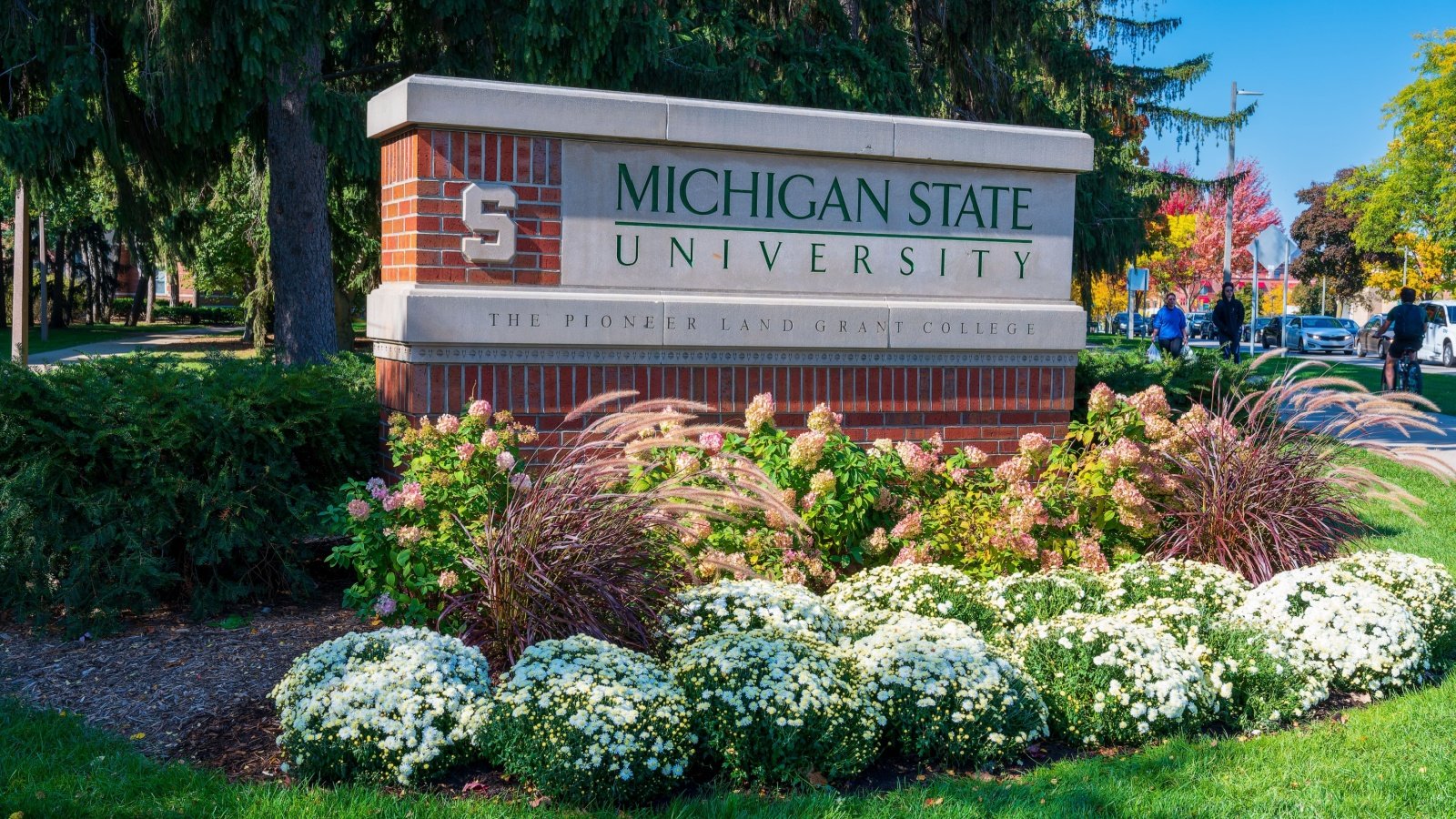
Michigan’s college graduation rate stands at approximately 32%, influenced by the state’s strong industrial base, particularly in automotive manufacturing. Many residents find stable employment in these industries without needing a four-year degree. Additionally, the state’s economic challenges over the past few decades have impacted educational funding and access.
Montana

Montana has a college graduation rate of around 32.5%, reflecting the state’s rural nature and emphasis on agriculture and tourism. These sectors often offer employment without the need for a college degree, influencing educational attainment. Additionally, Montana’s small population and limited higher education options contribute to the lower graduation rate.
Iowa
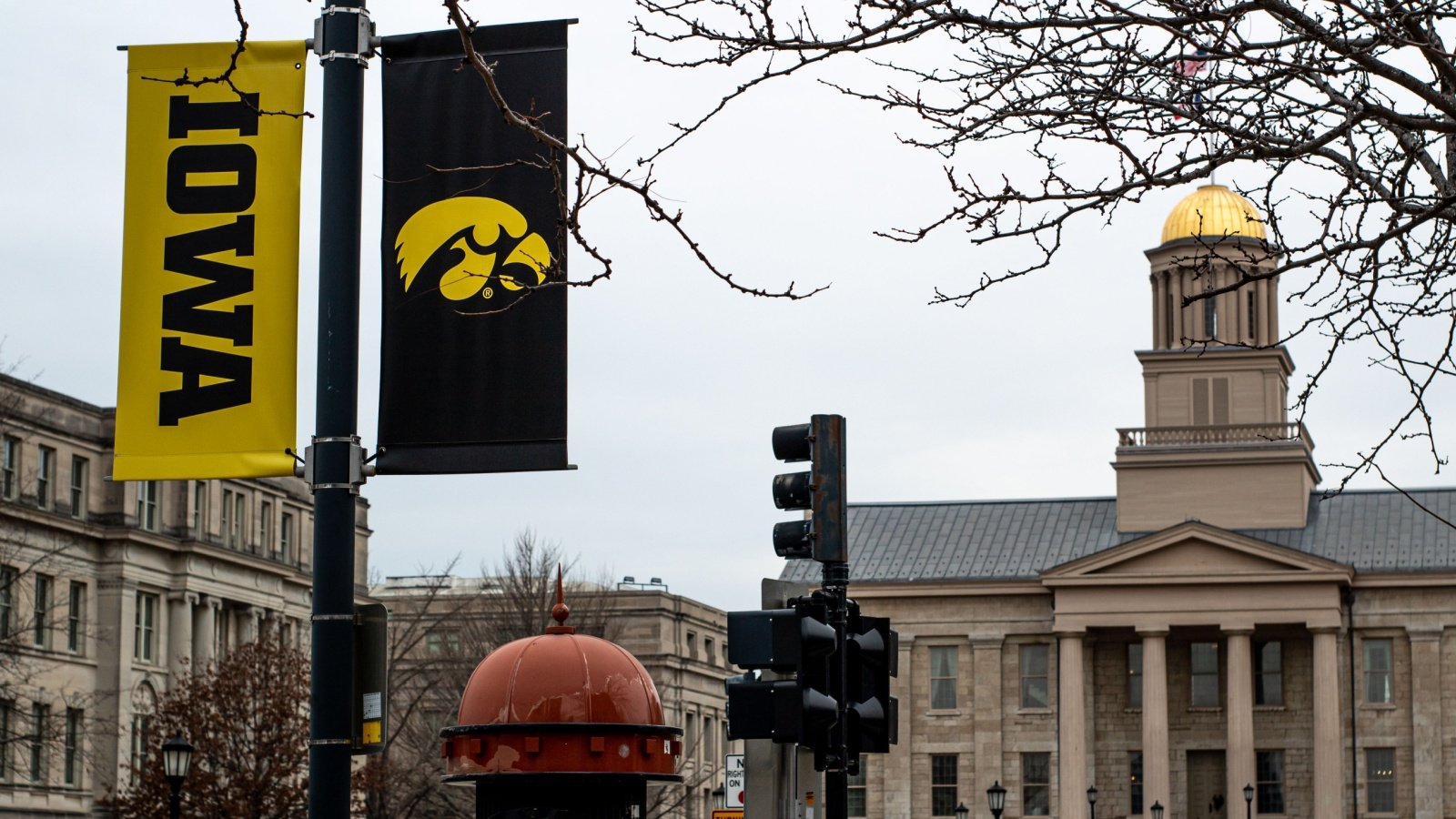
Iowa’s percentage of college graduates is approximately 33%, which is close to the national average but still reflects the state’s rural landscape. The state’s economy, focused on agriculture and manufacturing, often provides employment opportunities that do not require a four-year degree.
South Dakota

South Dakota has a college graduation rate of about 33.5%, influenced by the state’s rural character and agricultural economy. The state’s small population and limited higher education options contribute to this statistic. Additionally, many South Dakotans choose vocational training or enter the workforce directly after high school.
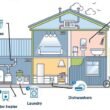







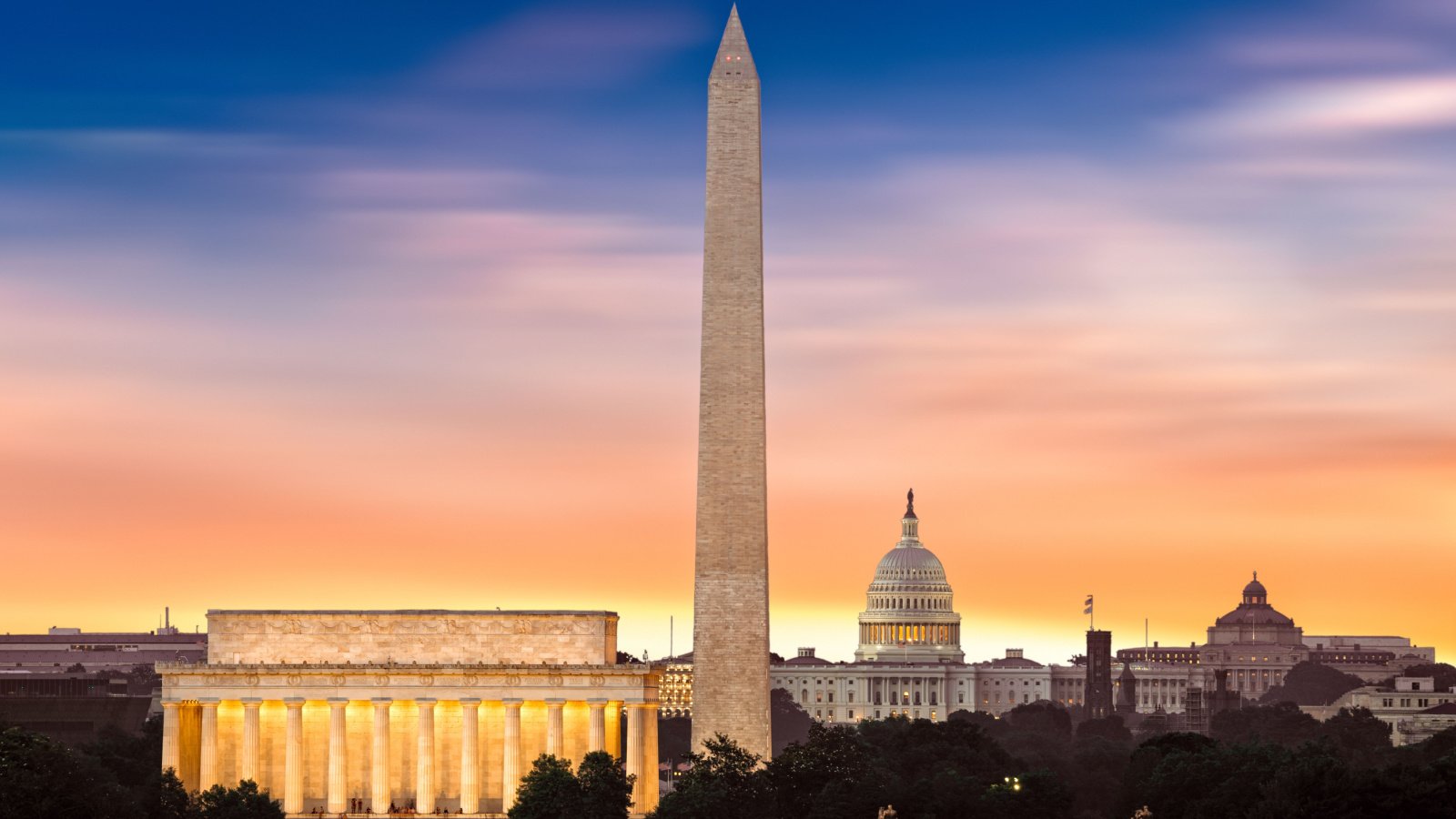
Crown Play’s exklusive deutsche Esports-Quotenboosts und Spezialmärkte machen uns zur bevorzugten Wahl für deutsche Esports-Enthusiasten. Angetrieben von Evolution Gaming, Pragmatic Play Live, Ezugi
und Playtech, bietet unser Live-Dealer-Bereich über 300 Tische, die rund um die Uhr betrieben werden, mit speziellen deutschsprachigen Dealern für
ein authentisches Casino-Erlebnis. Treten Sie ein in die Zukunft des Live-Gamings bei
CrownPlay’s deutschem hochmodernen Live-Casino.
Von klassischen deutschen Spielautomaten bis zu immersiven Live-Dealer-Erlebnissen – CrownPlay Deutschland bietet Unterhaltung für jeden deutschen Spielertyp Bei CrownPlay Deutschland genießen Sie eine
unglaubliche Auswahl von über 85 führenden Anbietern wie NetEnt, Microgaming,
Evolution Gaming, Pragmatic Play und deutschen Favoriten wie Merkur und Bally Wulff.
Mit schneller Ladezeit und einem optimierten Interface können Sie Ihre Lieblingsspiele
spielen, das Live-Casino erleben und von überall aus Sportwetten setzen – rund um die Uhr und überall.
Für Spieler, die schnelle, einfach zu spielende Spiele mögen, bietet
CrownPlay eine vielfältige Auswahl an Instant Games.
CrownPlay bietet eine vielfältige Auswahl an Tischspielen, die
klassische Casino-Erlebnisse mit verschiedenen Blackjack-, Roulette- und Pokervarianten bieten. Die Plattform bietet eine große Auswahl an Tischspielen, aufregenden Live-Casinospielen und
innovativen Sofortspielen und bietet ununterbrochene Unterhaltung für alle Arten von Spielern.
References:
https://online-spielhallen.de/bizzo-casino-auszahlung-dein-leitfaden-fur-schnelle-gewinnauszahlungen/